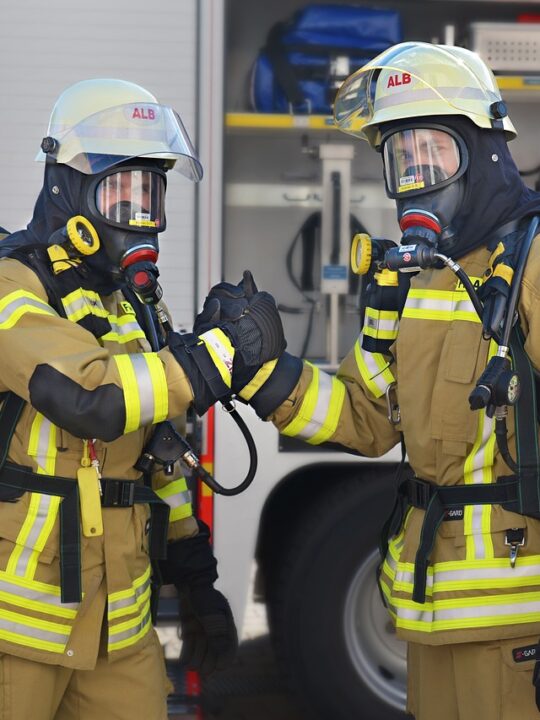 Whatever the reason for creating a piece of copy, there will be a definitive genre that needs to be aligned with to maximise the impact of the content. From creative to sales, article styles can vary greatly but a good copywriting strategy and clearly defined style means your words will always stand out for the right reasons. We take a look at the different styles of copywriting available to you.
Whatever the reason for creating a piece of copy, there will be a definitive genre that needs to be aligned with to maximise the impact of the content. From creative to sales, article styles can vary greatly but a good copywriting strategy and clearly defined style means your words will always stand out for the right reasons. We take a look at the different styles of copywriting available to you.
Creative
Considered by many content creators to be the most liberating style of writing, creative assignments allow for a more relaxed and emotive style to be embraced. To stand out in the creative landscape, writers need to make sure they are up to date with current affairs. A little meme awareness won’t go amiss, and having a good sense of humour helps, too.
Creative copy is used in a variety of ways, from script writing to headlines and even advertising slogans. It’s usually the least structured copywriting style, but it still (usually) needs to be SEO appropriate – and younger companies tend to use it to sound less stuffy and corporate.
SEO
SEO writing is, in reality, all copywriting, as digital publishing means that every article produced needs to hit a certain amount of keywords and phrases to garner the required number of views. There are potential pitfalls however, and experienced SEO writers stand out because of their sensitive approach to including targeted words.
Keyword stuffing is an outdated and ill-advised technique that can relegate work to the bottom of search-engine results, which is why a more skilful approach is required. Writers need to be able to produce an article that has inherent value, while still including keywords in a natural way. It’s harder than it sounds, but a necessary skill, and any copywriter worth their salt will be able to demonstrate an ability to write with SEO guidelines in mind.
Sales
Also called ‘Lead Gen’, sales copywriting has a specific purpose: to sell a service or product to customers. The tone of work is exclusively dictated by the company or individual being promoted, so there is scope for creative freedom here, but a call to action (CTA) always needs to be the takeaway.
Examples of relaxed sales copywriting can include quirky product descriptions on E-commerce websites or humorous advertorials. It’s still common to see strait-laced sales writing across a broad spectrum of industries, but regardless of fun, or lack thereof, there will always be a persuasive undertone being employed.
Technical
Potentially the most specialist of all the styles, technical copywriting brings with it some stringent parameters, as articles need to be accurate, clear and informative. As these pieces aren’t designed to attract new customers but rather, to keep existing consumers in the loop, there is no need for a selling voice or even a particularly creative one, although some companies do like to have a more friendly or modern vibe.
Technical writing isn’t boring; it is simply informative, educated and (usually) expert. It gets straight to the point, telling genuinely interested and invested parties about pertinent information. This style is often used in B2B publications, white papers and on forums.
It’s easy to think of copywriting styles in terms of how ‘fun’ they are, but this undermines the usefulness of the more serious options. While creative copy is probably the most popular with writers, being able to work to prescriptive guidelines is an incredibly useful skill and has, historically, produced good results in terms of sales. Not all copywriting is created equal, but each individual style has distinct merits.







